I’d want to take you on a trip to a place with a rich and varied culture. a country that has a stunning coast that borders the Mediterranean Sea and the Atlantic Ocean, both of which are azure seas.
A place steeped in culture and history, where eye-catching architecture attracts attention to a tapestry of vibrant hues and fascinating patterns. This country is called Morocco, and it is the origin of the magnificent Zellij tile, also referred to as the prince of tiles.
We want to explore more about Zellij, the prince of tiles, history, professional artisans, the manufacturing processes, and the importance of these tiles.
The Moorish art form of Zellij, sometimes known as Zellige or Zelige, is prominent in Moroccan architecture. Geometric tiles are used to construct the eye-catching tilework, which is then put in a plaster base to produce amazingly complicated patterns.
Moroccan tile patterns come in countless variations, including squares, triangles, stars, diamonds, polygons, and crosses, which are all mathematically put together to create ordered and accurate mosaics. Mathematics and art may seem like an unlikely marriage to some.
Still, mathematics is a powerful tool for creating works of art in a variety of creative fields, from music to sculpture.
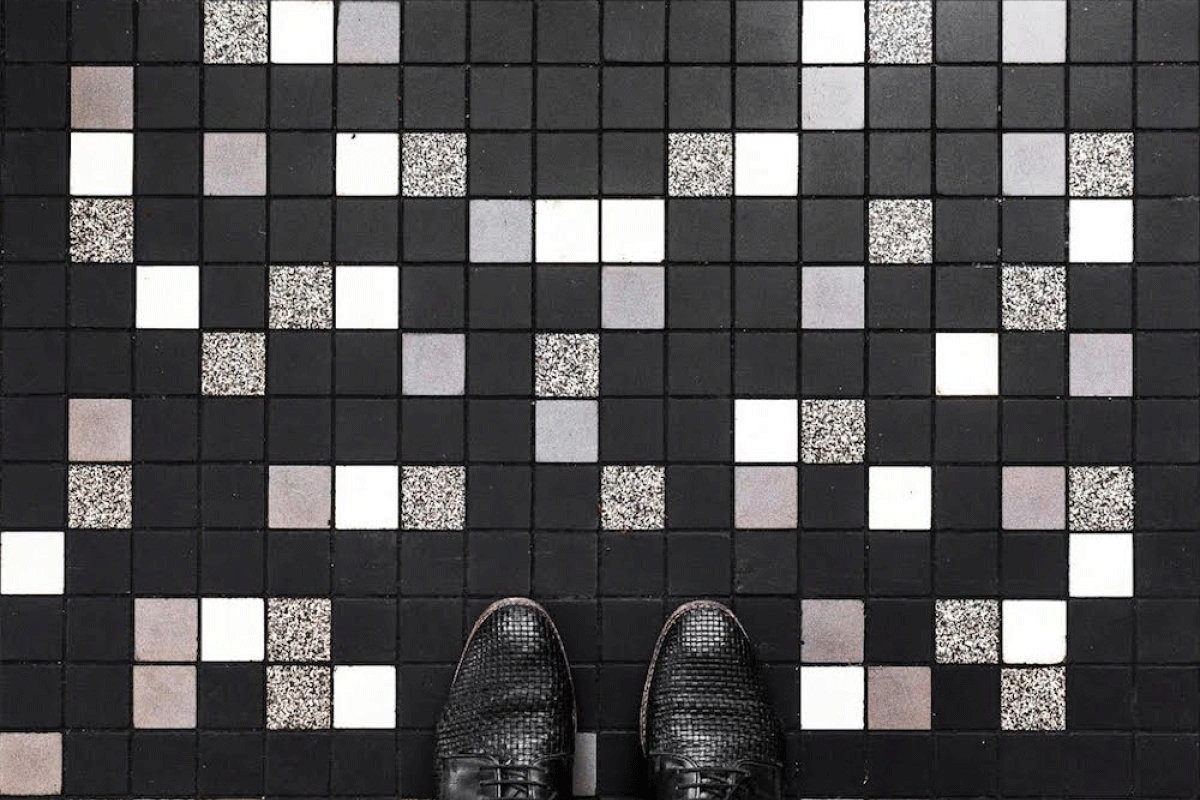
The shapes and patterns also have significance. Islam forbids the depiction of live things, so geometric patterns were developed as a way to give the mosaic color, decoration, and meaning. Zellij provides the opportunity to produce custom works of art.
Mosaics can have a hypnotic-like effect and serve as inspiration for religious and meditational thought.
Along with the design, color has also been a significant component of Zellij art, and the technique is linked to many conventional hues. Brown, white, green, saffron, blue, and black are colors that are frequently found in Moroccan tiles. These colors stand for the four elements: fire, water, air, and earth.
Moroccan tilework is used to beautify hammams (spas), adorn the walls of upscale hotels and apartments, lend refinement to regal palaces, and illuminate swimming pools and fountains. If you’re fortunate enough to have the opportunity to visit Granada, make sure to stop by the Alhambra Palace to see the stunning Zellij in all its splendor.
Similarly, you must see the Medersa el-Attarine and the Nejjarine Fountain if you are in Fez. The Kasbah Telouet, Medersa Ben Youssef in Marrakech, and Moulay Ismail’s tomb in Meknes are other beautiful examples of Zellij (which offers a more recent example of Zellij from the 19th century).
The great art of Zellij is not properly represented by the meek description of “Moroccan tile.” It is appropriate to honor Zellij as a distinctive and enduring form of art that is steeped in tradition and history.
It has long been seen as a sophisticated icon of wealth and authority. The name Zellij is linked with people of high stature and has royal undertones. It’s becoming obvious that this Moroccan tile deserves to be called the “prince of tiles”!
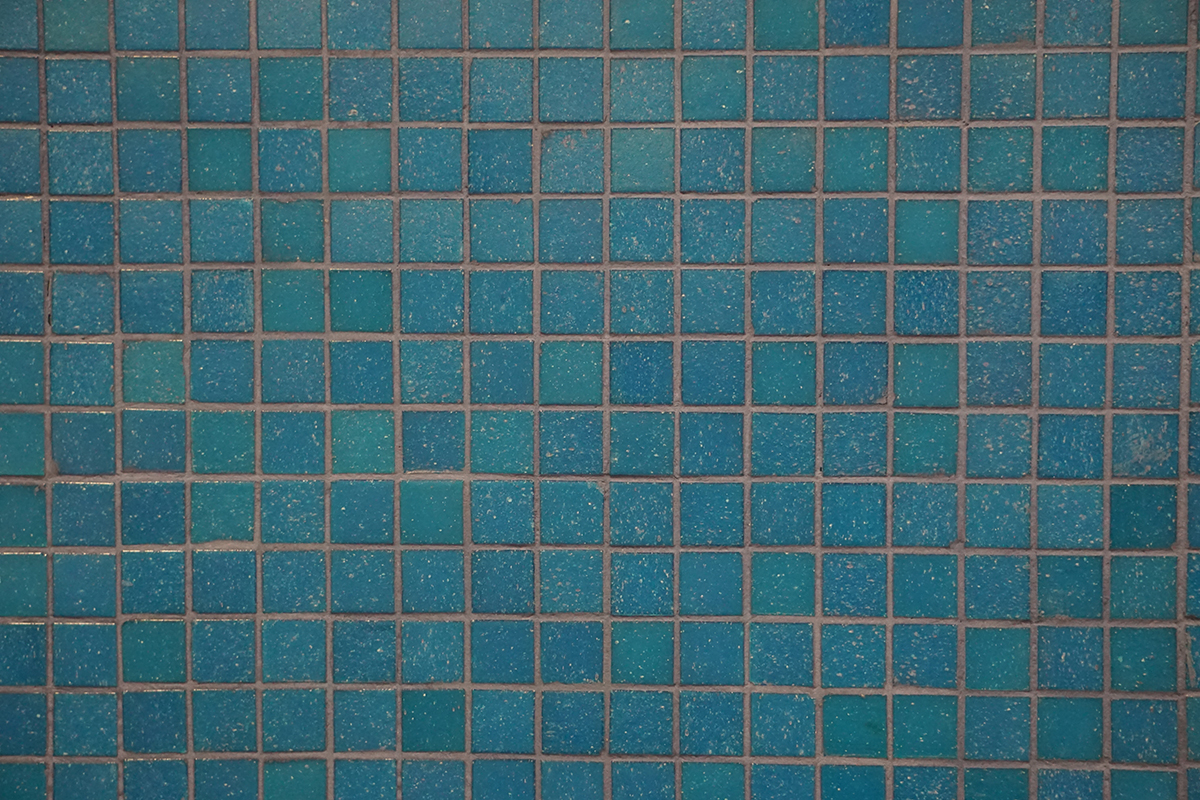
Zellij Tiles History
The Roman and Byzantine mosaics that were popular at the time are said to have served as an inspiration for the Moroccan tile, which first appeared in the 10th century. According to the Zellij history, there weren’t many options, and the colors weren’t as brilliant. Nevertheless, if you were looking for white and brown, you were in luck.
The development of geometric patterns, including star polygons, began in the eleventh century. In the Maghreb (Northwest Africa) and Al-Andalus during the Azulejo period (Hispanic-Moresque), Zellij art rose to great popularity (or Spain as we now call it).
Time passed, and it brought advancements to the craft of Zellij. The art was welcomed by the Nasrid and Merinid dynasties, which enhanced it in the fourteenth century by adding Moroccan tiles in green, blue, and yellow.
The red Moroccan tile was added to the colorful mix in the 17th century as colors became increasingly prominent, and the innovations persisted.
The introduction of glazes in the 20th century, which combined with the traditional colors to provide even more options, was a major development.
Many locations, notably Samarkland and Cordova, have welcomed and assimilated the historic Moorish art over time. The Americas, though, were not nearly reached by Zellij. Si
nce Spain colonized South and Central America, there weren’t enough experienced craftspeople available to produce genuine Moroccan tilework. Instead, the “Spanish tile” gained favor in Cuba, South America, and Central America. These hand-painted cement tiles have their own unique traditional history and are visually appealing; however, they cannot be compared to Zellij.
The fame and tender care that Zellij art received came from Andalusia and Morocco. Moroccan tiles’ elaborate and colorful patterns filled both internal and external spaces, virtually becoming associated with Moorish architecture.
Historically, the wealthy have always preferred Zellij, or “the prince of tiles.” Although decorative cement tiles were provided as a less expensive option, they could not compare to the beauty of the genuine Zellij.
The city of Fez is home to some of the most talented artisans, and Morocco is currently the core of the craft. According to the long-standing tradition of Zellij, they create exquisitely handmade Moroccan tilework, and the results are breathtaking.
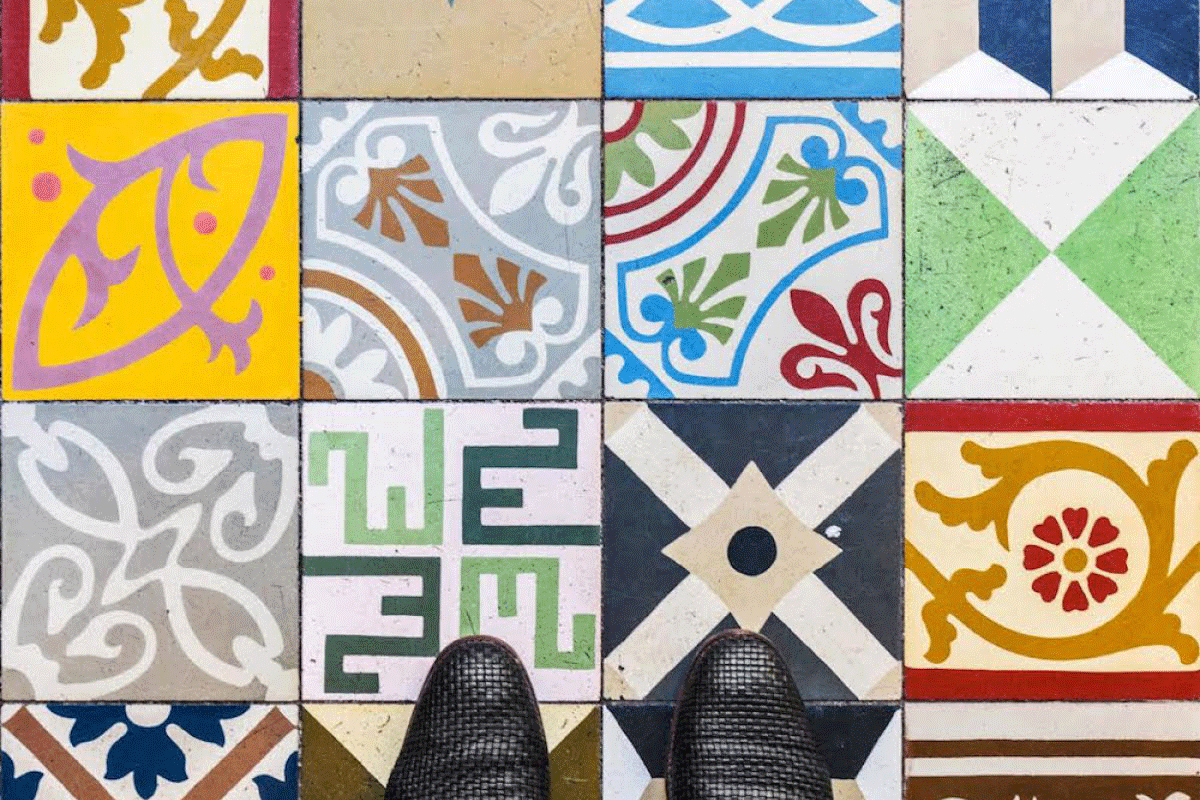
Zellij Tiles Artisans
No doubt, producing Zellij tiles take patience and an in-depth understanding of the special procedures and production techniques; everyone can’t do it. Maallems or Zellij artisans are the skilled craftspeople who created this old form of expression.
They are skilled masons who can design and produce beautiful tilework using their diligently acquired knowledge and abilities. A Maallem takes delight in every piece they create and spends years honing their art.
Maallems typically start their training while they are very young, and the trade is frequently passed down from one generation to the next. It is typical for a father to teach his kid the techniques and strategies for mastering this rare craft, avidly observing and learning as he does so.
The kid can begin by attempting easy parts of the procedure as he gains confidence, progressing to more difficult tasks as his confidence increases. The cycle continues as the master instructs his learner, who then immerses himself in the accuracy and inventiveness of this age-old trade and eventually becomes the master.
Achieving success in this widely recognized art form brings genuine satisfaction; thus, this is not a position for individuals who are just going through the motions to get paid at the end of the month.
Maallems are artisans who are passionate about what they do and may use their superior knowledge and talents to produce stunning works of art. The multicolored and intricate geometric tilework looks great when applied to its location, whether it is to enhance a fountain in a town square or to cover a wall of a fashionable home. A true Maallem’s work exudes excellence.

Zellij Manufacturing Processes
There are no shortcuts in the old art of Zellij; it requires the use of conventional techniques and processes for manufacturing them. It’s hard to imagine that Zellij started out as a little area of charred earth, with the best soil coming from the Moroccan region of Fez.
Dirt and water are combined with a dye to give the tile a vivid color. The Maallem will knead and shape the earth using their hands and a large hammer to create a tile of the required size. The average length of a tile’s side is around 4″, and its thickness is roughly 0.5″.
Following that, the tiles are placed in direct sunlight to dry for a while before being baked in a special oven. The temperature at which the tile is baked depends on the color of the tile. The tiles are spread out after they have been ready for a while in the oven.
The design is then drawn onto the tile in the following step so that it can be cut. A Zellij template with the desired shape is created to help with this task. The template’s goal is to maintain consistency in the shapes and make the most of the tile. The pattern is then carefully hand-drawn onto each tile using the template; people preparing to become Maallems frequently do this work.
The cutting process comes next. This calls for bringing the tile to the “cutter.” Once more, there are no elaborate machines or automated processes used in this. The “cutter” typically occupies a floor seat near a pile of stones that serves as his workshop.
He actually uses a piece of iron or a sizable, solid stone as his cutting surface; both work well as a base for the tile to be securely placed on before being cut.The cutter must be precise and has spent many years perfecting this delicate art. Moroccan tile can be cut into up to 400 pieces each day by a skilled cutter with expertise.
To perform this task, a Menqach is used (it resembles a big and broad hammer, but both ends are cautiously sharpened). In contrast to the intricate and delicate objects the cutter can create using it, the tool appears big and heavy. Sharp edges are filed down after cutting, and the tiles are then sorted into storage baskets based on their form and unique color.
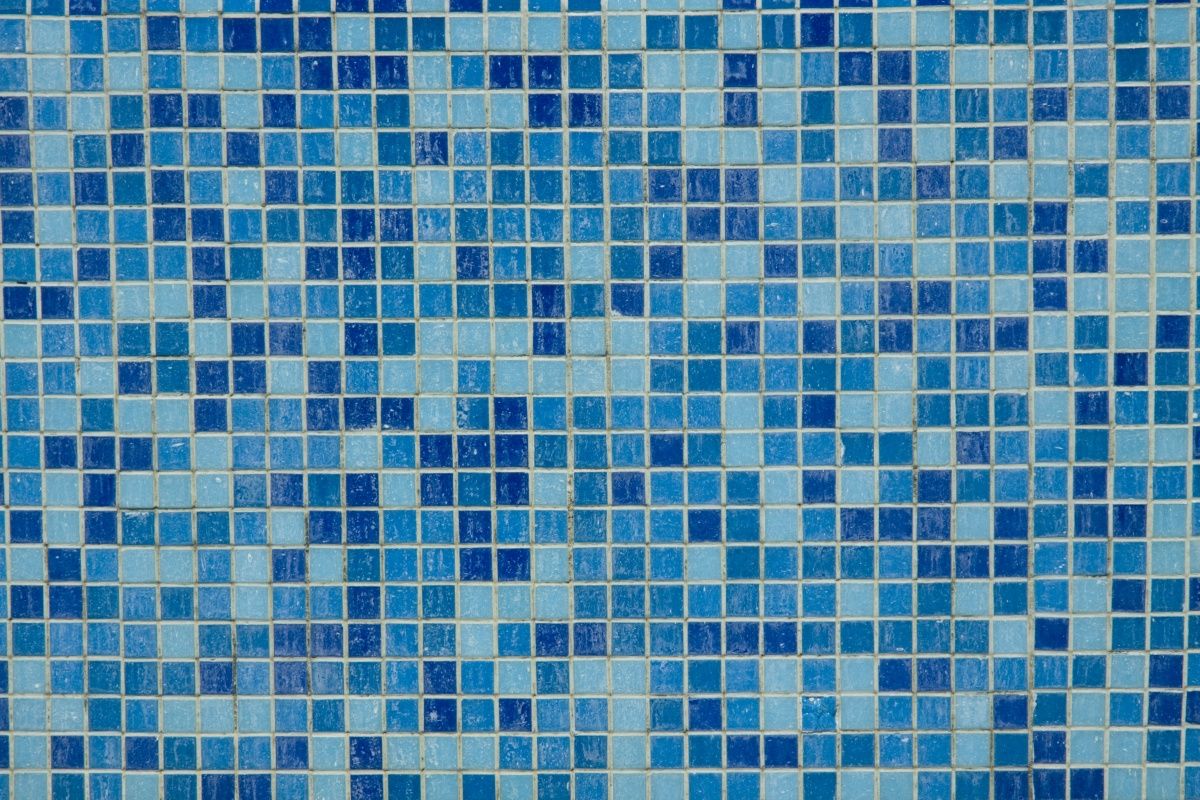
Zellij Tiles Importance
Zellij tiles have enormous importance in Morocco’s design history. Images of Morocco may include:
Craggy mountain ranges.
Large regions of the desert.
A long coastline that spans along the Atlantic and Mediterranean Seas.
If the changing environment is any indication, Morocco offers a wide variety of sensory experiences, which is reflected in both the bright and unique design elements of its interior and exterior.
Moorish architecture is extremely distinctive and has gained enormous popularity all over the world. The best examples may be seen in Morocco, but you can also discover bright and ornate designs that honor Moroccan culture and Moorish architecture in Europe and the United States, among other countries.
Consider intricately carved designs and doors with sculpted arches. Horseshoe-shaped arches are typically large and round in shape. They are also referred to as Moorish and Keyhole arches.
They are often found regaling over a straight, narrow doorway or a wall groove and are often associated with Moorish architecture. Additionally, there are lovely courtyards and gorgeous domes.
Bright and vibrant materials are used to decorate interiors, adding a sense of enthusiasm. The opulent Zellij, who is the star of our show, must not be overlooked. Moroccan tiles can be used with different materials and effortlessly produce hypnotic patterns.
In contrast to the sleek appearance of materials like limestone, marble, and granite, they have a striking aspect. The terms vibrancy and effervescence come to mind when thinking of Zellij designs illuminating a space. When Moroccan design is present, a dull day has no place.
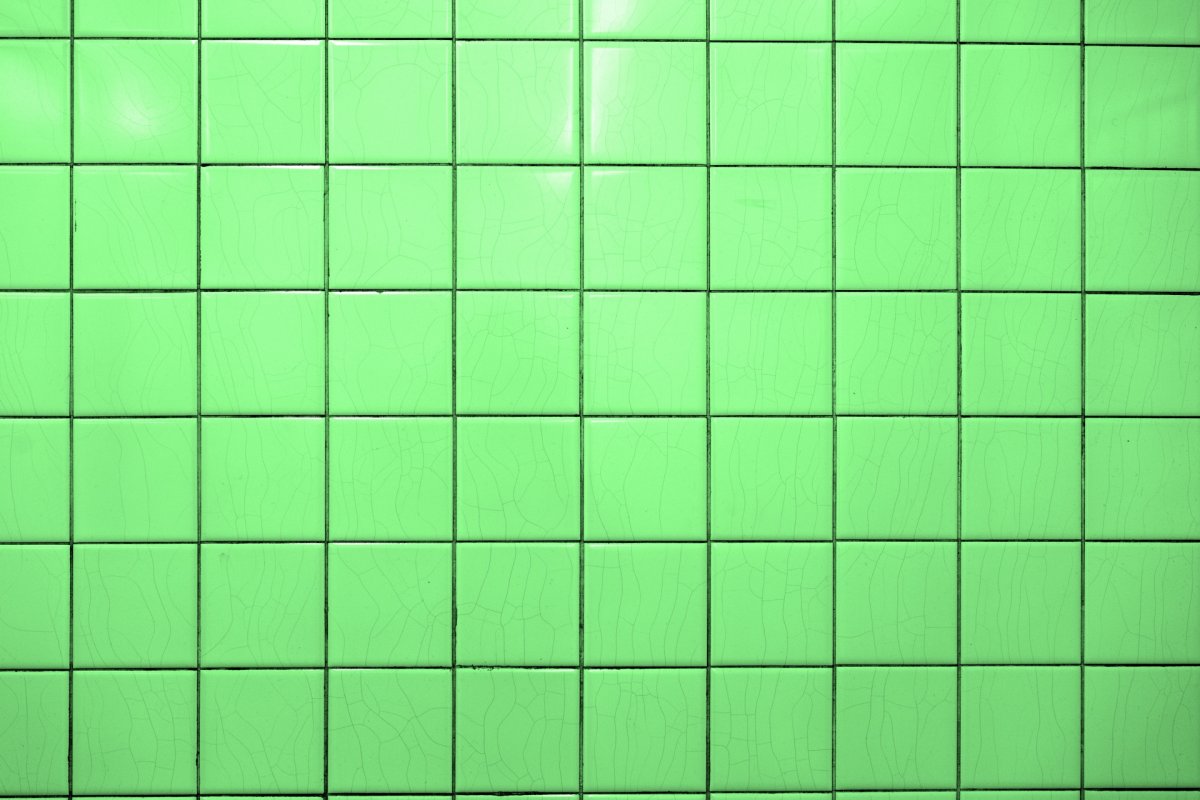
There are many Zellij imitators; while they may have a similar appearance, they do not have the same authenticity or feeling of tradition or rich history as Zellij. If quality and substance are what you’re after, hand-crafted Zellij is a necessity. Cement and hand-painted tiles have their place as well.
We all know that some historical traditions still exist in a world where technology and equipment play a significant role in the manufacturing process is consoling. The procedures for making a Zellij tile have not altered, despite industry advancements.
Being able to decorate your house or place of work with something that has been made with such love and attention is uplifting. When people inquire about the outstanding décor, there will be an intriguing tale to tell about its history and the sheer talent that was applied to produce such a unique design element. Including Zellij tilework is a lifetime investment that contributes to this historic craft’s preservation.











Your comment submitted.